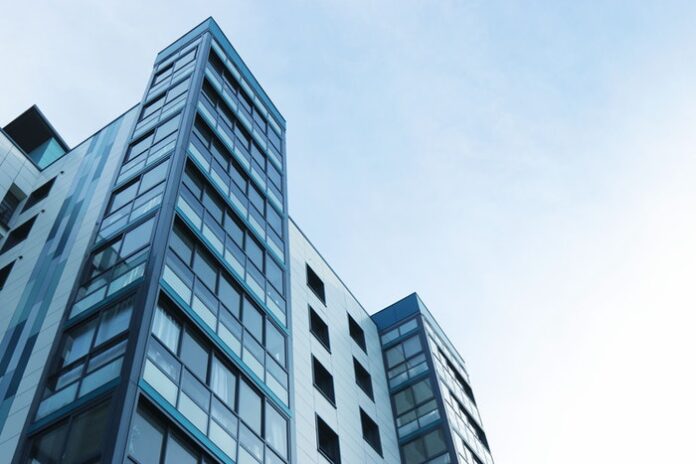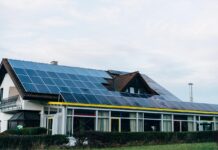Seismic retrofit is a cost-effective and environmentally friendly way to make your building safer. New construction, on the other hand, can be more expensive and take longer to complete. This article will discuss why seismic retrofit may be a better choice for you if you are looking to improve the safety of your business.
1. Why retrofit your building?
Why choose seismic retrofit over new construction? New construction can be more expensive and take longer to complete. Seismic Retrofitting reduces downtime, costly returns on investment in many cases! You can use the company CES4 to help with the transformation.
2. What is involved in the process?
The process can be broken down into a few simple steps. The first step involves identifying the types of seismic movements present in your specific area and understanding how those forces will affect each element of your building — from its foundation to roof tiles.
The second step involves creating a plan to make your building more resistant to seismic forces. The third and final step is installing all the necessary retrofitting components, including steel straps, shear walls, or perhaps even lead rubber bearing slides.
3. Cost of retrofitting a commercial property?
The cost of seismic retrofitting can vary depending on the size and age of your building. A new construction project will naturally be more expensive. Still, it may also require hiring a general contractor to complete all aspects of the job for you, whereas with seismic retrofitting, everything is completed by one team at one time, saving you money in the long run!
4. Benefits of seismic retrofits for businesses and their employees?
Retrofitting your commercial property may also save you money in the long run. With seismic retrofits, employees can return to work sooner, and business operations will continue more smoothly than if a new construction project had been started instead!
Additionally, seismic retrofit projects are completed without causing major inconvenience or costly damages that might otherwise occur during a demolition process. If you were planning on renovating anyway, it would be smart to take advantage of this opportunity while it’s there since once a building is demolished, typically, all renovations have to start from scratch again.
5. Environmental benefits — how it reduces carbon emissions, water use, and energy consumption?
There are many environmental benefits to choosing seismic retrofitting over new construction. By increasing the strength of your building, you can reduce carbon emissions and energy use by up to 50%! Retrofits may also require less water than if a demolition process was required, for example.
Additionally, it is often more environmentally friendly overall as there is no need for additional materials or extra noise coming from onsite construction activities. This could bother nearby neighbors in densely populated areas where trucks carrying supplies would be needed otherwise.
With the help of a seismic retrofit, you can increase your building’s structural integrity and be safer, more cost-effective, and environmentally friendly all at once. The environmental benefits are not to be underestimated either; by making sure that your business is built to last, you will save both time and money in the years ahead on replacing or upgrading buildings. Now is the perfect opportunity for companies with older structures to take advantage of this technology before it becomes too costly!
Find a Home-Based Business to Start-Up >>> Hundreds of Business Listings.

















































